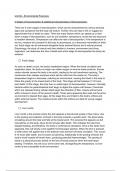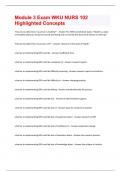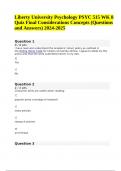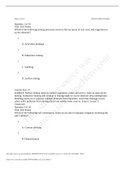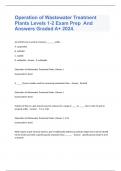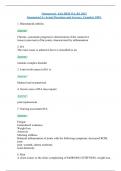Essay
Understand how concepts in taphonomy and entomology contribute to forensic investigation
- Institution
- PEARSON (PEARSON)
Research on stages and processes of taphonomy and entomology for presentation, with supporting observation form completed by assessor. A written report with a vocational aspect on the effects of the environment and burial on decomposition and entomology. This assignment was graded a distinction...
[Show more]
